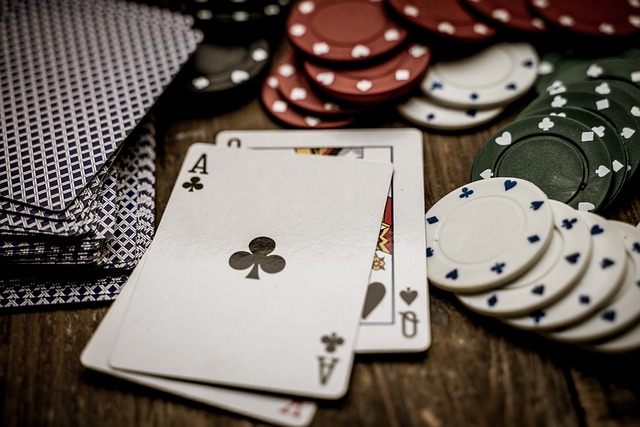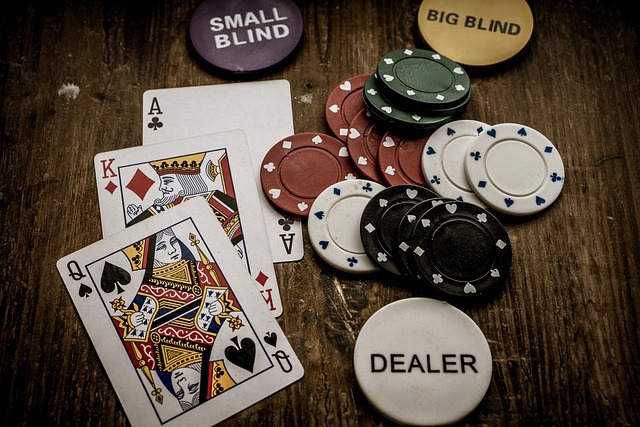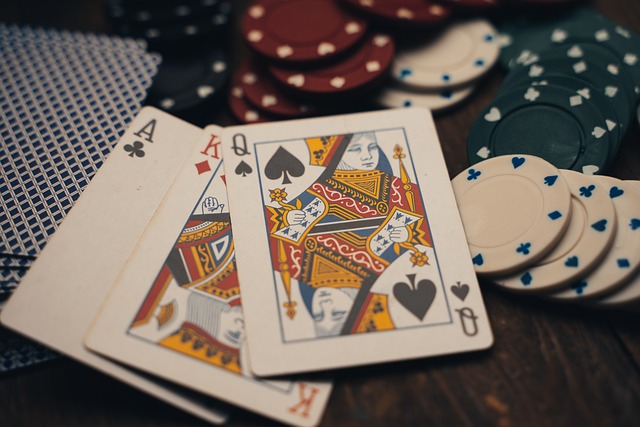Blackjack remains one of the most studied casino games, and for good reason: it has one of the lowest house edges when played optimally. The key to minimizing that edge is following basic strategy—a mathematically derived decision map that tells you when to hit, stand, double, or split based on your hand and the dealer’s upcard. Far from guesswork, this chart comes from computer simulations that run millions of hands to identify the most profitable long-term move in every possible situation. Using it consistently lowers the house advantage to around 0.5% in most rule sets. But the map is not absolute; different casinos use different decks, payout rules, and dealer behaviors that shift the correct choice. Understanding both the standard map and the exceptions ensures you are not leaving money on the table when rules vary.
Reading the Core Strategy Map
At its core, the basic strategy chart divides decisions into three categories: hard totals, soft totals, and pairs. A hard total contains no ace counted as 11, a soft total does. The dealer’s upcard sets the context: weak cards (2–6) versus strong cards (7–A). Against weak cards, standing earlier and doubling aggressively captures value because the dealer is more likely to bust. Against strong cards, hitting longer and avoiding risky doubles preserves your bankroll. Splits are the third dimension: always split aces and eights, never split tens or fives. Everything else depends on the matchup. For example, a hard 16 is a hit against a dealer’s 7 but a stand against a dealer’s 6. Memorizing the full table takes practice, but the principle is simple: play defense against strong dealer cards, offense against weak ones.
The Role of Rule Variations

No two blackjack tables are identical, and house rules change the math. Whether the dealer hits or stands on soft 17 shifts several decisions, particularly around doubling. The number of decks in play also matters: single-deck games slightly improve the player’s edge and allow more doubles, while eight-deck shoes increase variance. Some casinos restrict doubling after splits (DAS) or payouts for blackjack (6:5 instead of 3:2), both of which alter strategy. For example, hitting a soft 18 against a dealer 2 is correct in some six-deck S17 games, but standing is better in H17. That is why advanced players carry different versions of the chart depending on venue rules. Knowing which rule set you are in turns a good strategy into a precise one, preserving fractions of a percent that matter over time.
Common Exceptions and Adjustments
Even with the chart memorized, exceptions pop up. One is surrender, where available: giving up half your bet is mathematically better than playing out hopeless hands like a hard 16 versus a dealer’s 10. Another exception comes from composition-dependent strategy—some totals are played differently depending on the exact cards. A 10-6 is often played differently than a 9-7 when facing specific dealer cards, though most charts simplify this. Insurance is another point of confusion; while basic strategy almost always says decline, card counters or advantage players may use it differently. Finally, some players alter decisions slightly when bankroll preservation is the priority, even if EV is marginally worse. Recognizing when strict math bends to table rules or personal goals ensures you do not treat the chart as dogma but as a tool.
Making Strategy Work at the Table

Applying basic strategy in practice takes discipline. Memorize the chart in blocks: start with hard totals, then soft totals, then pairs. Flashcards, apps, or printed cards (where permitted) help cement the rules. Before sitting down, confirm the table’s rules and adjust for any variations you have studied. Do not deviate in the heat of the moment; short-term results will swing wildly, but the chart’s purpose is long-term edge reduction. Use surrender where offered, avoid side bets unless you are consciously paying for entertainment, and focus on consistent application. Exceptions should be deliberate, not emotional. By treating the map as your foundation and tailoring it only to documented rule differences, you turn blackjack from guesswork into structured play. That discipline is what separates casual players from those who consistently stretch their bankrolls further.
